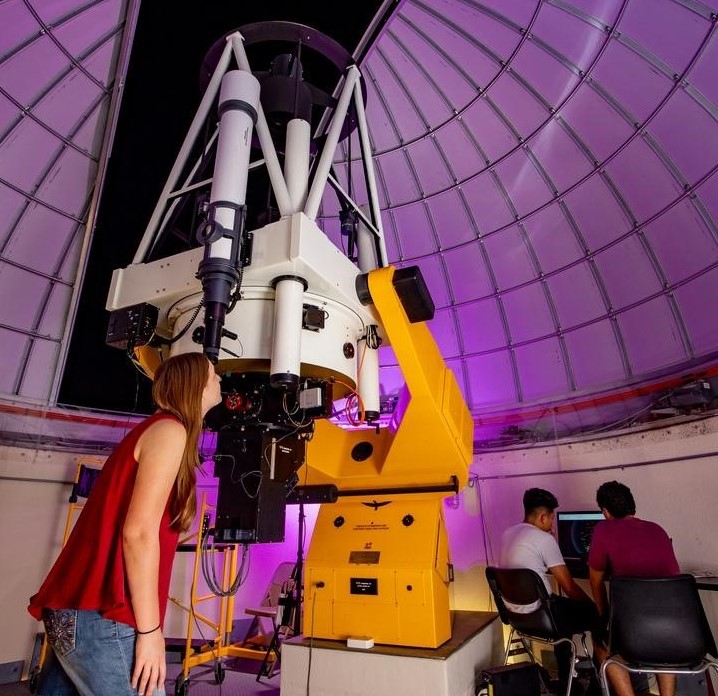Document Type
Article
Publication Title
Journal of High Energy Physics
Abstract
A search for pair production of massive vector-like T and B quarks in proton-proton collisions at s=13" role="presentation" style="box-sizing: inherit; display: inline-block; line-height: normal; word-spacing: normal; overflow-wrap: normal; text-wrap: nowrap; float: none; direction: ltr; max-width: none; max-height: none; min-width: 0px; min-height: 0px; border: 0px; padding: 0px; margin: 0px; position: relative;">�=13 TeV is presented. The data set was collected in 2015 by the CMS experiment at the LHC and corresponds to an integrated luminosity of up to 2.6 fb−1. The T and B quarks are assumed to decay through three possible channels into a heavy boson (either a W, Z or Higgs boson) and a third generation quark. This search is performed in final states with one charged lepton and several jets, exploiting techniques to identify W or Higgs bosons decaying hadronically with large transverse momenta. No excess over the predicted standard model background is observed. Upper limits at 95% confidence level on the T quark pair production cross section are set that exclude T quark masses below 860 GeV in the singlet, and below 830 GeV in the doublet branching fraction scenario. For other branching fraction combinations with ℬ(T → tH) + ℬ(T → bW) ≥ 0.4, lower limits on the T quark range from 790 to 940 GeV. Limits are also set on pair production of singlet vector-like B quarks, which can be excluded up to a mass of 730 GeV. The techniques showcased here for understanding highly-boosted final states are important as the sensitivity to new particles is extended to higher masses.
DOI
doi.org/10.1007/JHEP11(2017)085
Publication Date
11-2017
Recommended Citation
The CMS collaboration., Sirunyan, A.M., Tumasyan, A. et al. Search for pair production of vector-like T and B quarks in single-lepton final states using boosted jet substructure in proton-proton collisions at √s=13 TeV. J. High Energ. Phys. 2017, 85 (2017). https://doi.org/10.1007/JHEP11(2017)085


